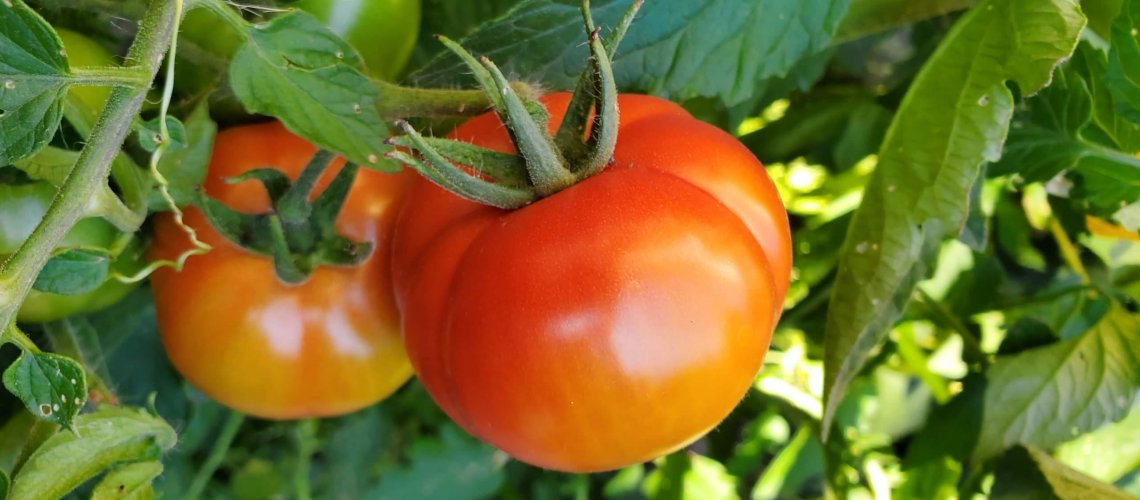The proof of the pudding is in the eating. And so, after all the work in preparing, sowing, weeding, watering, and gentle encouraging, it is time to pick, eat, and save.
July is berry picking time for raspberries, honey berries, blueberries, Nanking cherries, and saskatoons to be either eaten or frozen. We freeze some rhubarb to be used in pies in the winter. July is also the time for eating Swiss chard, spinach, and lettuce. The rest of the garden is either eaten, frozen, or stored in August and September.
I freeze a number of vegetables and berries in a vacuum storing appliance. Beans are blanched and frozen. Excess tomatoes are cut in chunks, frozen on a tray, and then stored. Beets don’t keep as well, so I eat some, and cook and freeze the rest. Excess berries and rhubarb are frozen and stored. Zucchini may be shredded and frozen, to be used in stews, muffins, and zucchini crisp.
A cool dry area is needed for storing root vegetables. I use my sunroom with a baseboard heater set at 5 degrees Celsius. I store carrots in layers, damp newspaper, a layer of carrots, a layer of peat, a layer of newspaper, carrots, peat, etc. They keep well at 5 degrees Celsius until March. Potatoes are cured for three days in a warm, dry, and dark area, and then placed in a light-proof container, again at 5 degrees Celsius. Light causes potatoes to turn green, a poison. Kohlrabi is stored in the fridge.
Pumpkins, zucchini, squash, and green tomatoes are best kept in a cool room, at about 15 degrees Celsius. I have successfully kept them in a cooler part of the basement. Green tomatoes can be ripened or eaten as fried green tomatoes. Onions are dried for three weeks and then kept in the cooler part of the basement.
While some articles recommend pulling cabbages out by the roots and putting them in a container with damp dirt, I find putting them in a partially open plastic bag in my cold room works better. You can wrap the outer leaves around the head to reduce the moisture loss as well. Of course, making sauerkraut is another option. I will also make cabbage dishes such as borscht or corned beef and cabbage and freeze them to be eaten later.
After the harvesting is completed, I move the contents of the compost box that has been aging for over a year onto the various beds and lightly rake it into the surface. I save a couple of five-gallon pails for the preparation of soil for the seedlings to be started next March. I dump most of the soil from the current year’s containers near the composting boxes to be added to the vegetation placed in them the next year. I also prepare containers for next year by filling them with a mix of a third each of garden soil, compost, and potting soil or peat.
All in all, we have fresh, frozen, or stored fruit and vegetables for about seven months of the year.
As stated in my first installment, my produce tastes better than store-bought produce. I am also contributing to reducing carbon emissions by reducing the costs of growing, processing, transporting, and selling food. And I provide a bird and insect (even the pests) friendly environment.
Gardening is a satisfying, physically and intellectually, challenging, and environmentally friendly occupation. Even the most experienced gardeners never stop learning. To me, gardening is a love affair with capricious, ever-changing, but always rewarding companions – soil, water, weather, insects, and the underground web of life.
And I have the satisfaction of doing it my way.

Recent Comments